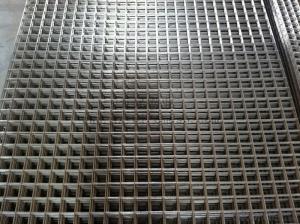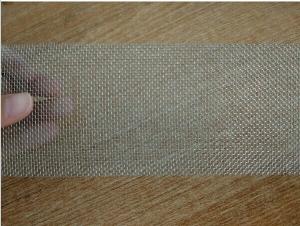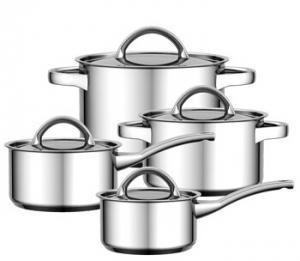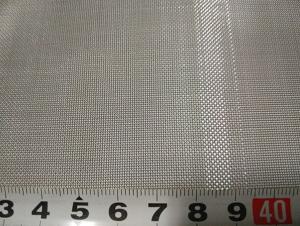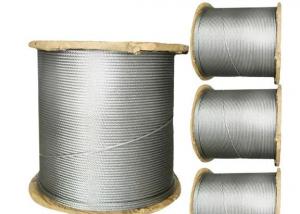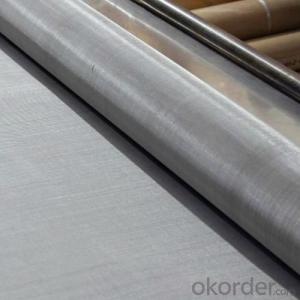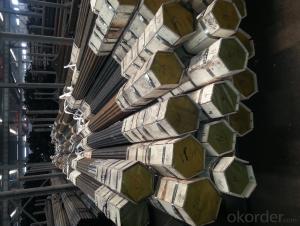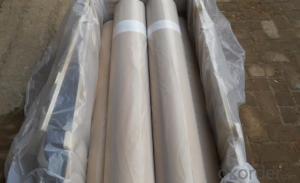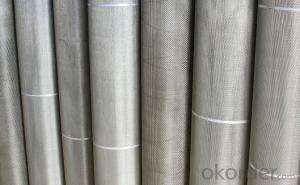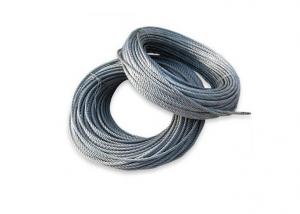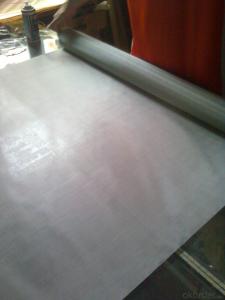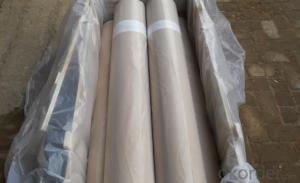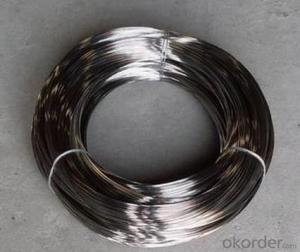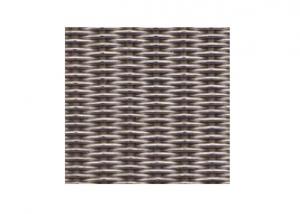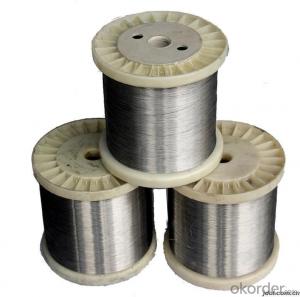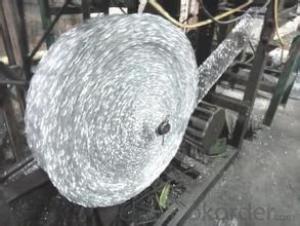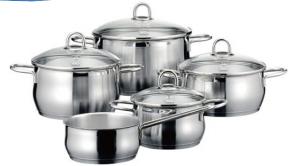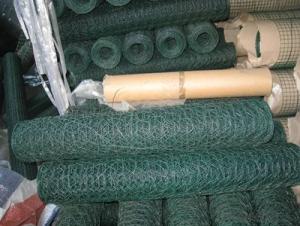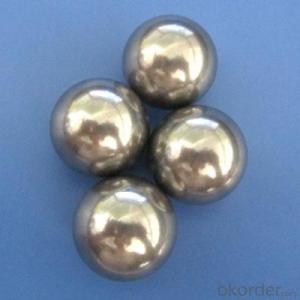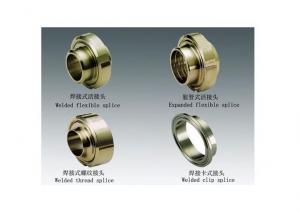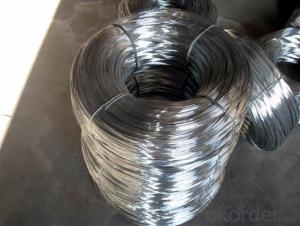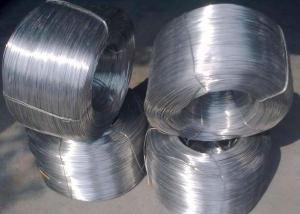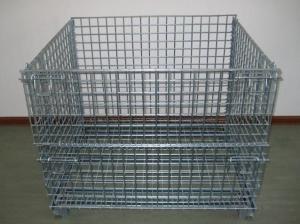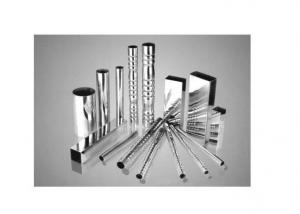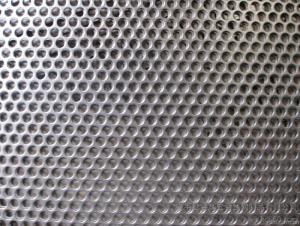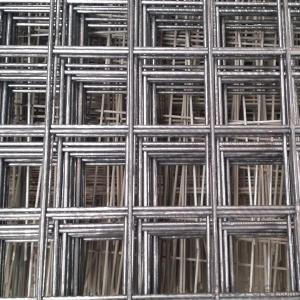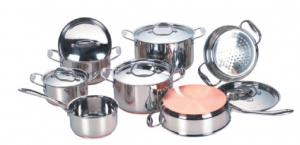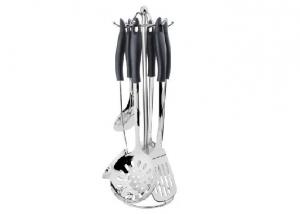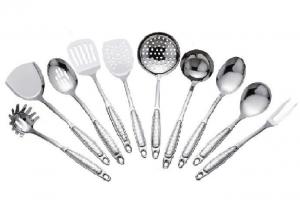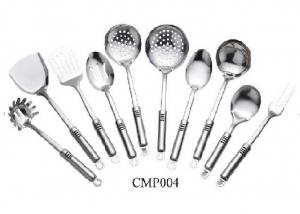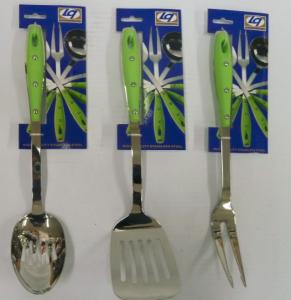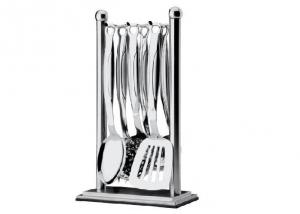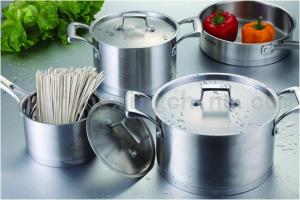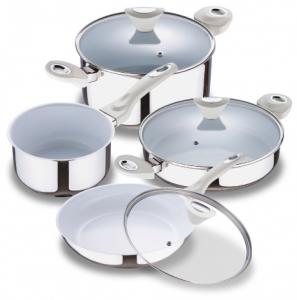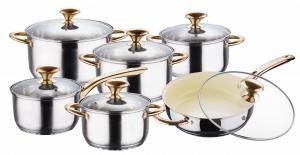Stainless Steel Wire Singapore
Stainless Steel Wire Singapore Related Searches
Stainless Steel Wires Stainless Steel Tie Wire Stainless Steel Wire Uk Stainless Steel Mig Wire Stainless Steel Jewellery Wire Stainless Steel Wire Grid Stainless Steel Wire Shelves Stainless Steel Wire Shelving Stainless Steel Wire Wheel Stainless Steel Wire Fence Stainless Steel Tape Wire Mesh Stainless Steel Stainless Steel Piping Stainless Steel 16 Gauge Wire Chicken Wire Stainless Steel Stainless Steel Threaded Pipe Stainless Steel Wire Rack Stainless Steel China 16g Stainless Steel Wire Stainless Steel Screen Pipe Stainless Steel Pipes Stainless Steel Wire Basket Stainless Steel Strap 16 Gauge Stainless Steel Wire Stainless Steel Flue Pipe Stainless Steel Supply Steel Locker Singapore Stainless Steel Tiles 14 Gauge Stainless Steel Wire Stainless Steel SidingStainless Steel Wire Singapore Supplier & Manufacturer from China
Stainless Steel Wire Singapore is a popular choice for various industries due to its corrosion resistance, strength, and durability. This product is available in different grades and sizes, making it suitable for a wide range of applications. The versatility of stainless steel wire allows it to be used in construction, automotive, aerospace, and even in everyday household items.Stainless steel wire is widely used in Singapore for various purposes, including structural support, cable reinforcement, and as a component in various mechanical and electrical devices. Its resistance to corrosion and high tensile strength make it an ideal material for marine applications, such as mooring lines and anchor chains. Additionally, it is used in the manufacturing of surgical instruments, kitchen utensils, and jewelry, owing to its aesthetic appeal and ability to withstand harsh environments.
Okorder.com is a leading wholesale supplier of Stainless Steel Wire Singapore, offering a vast inventory of high-quality products. The company prides itself on providing customers with a diverse selection of stainless steel wire grades and specifications to cater to their specific needs. With a commitment to customer satisfaction and a focus on maintaining a large inventory, Okorder.com ensures that businesses in Singapore have access to the stainless steel wire they require for their projects and applications.
Hot Products

